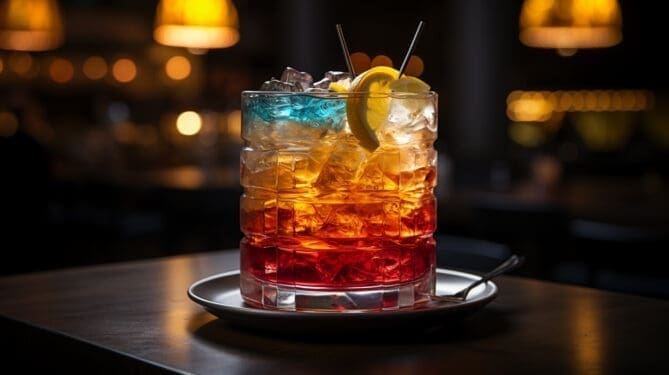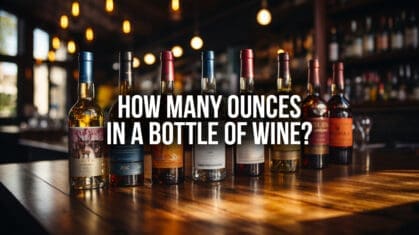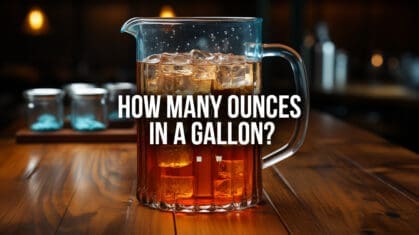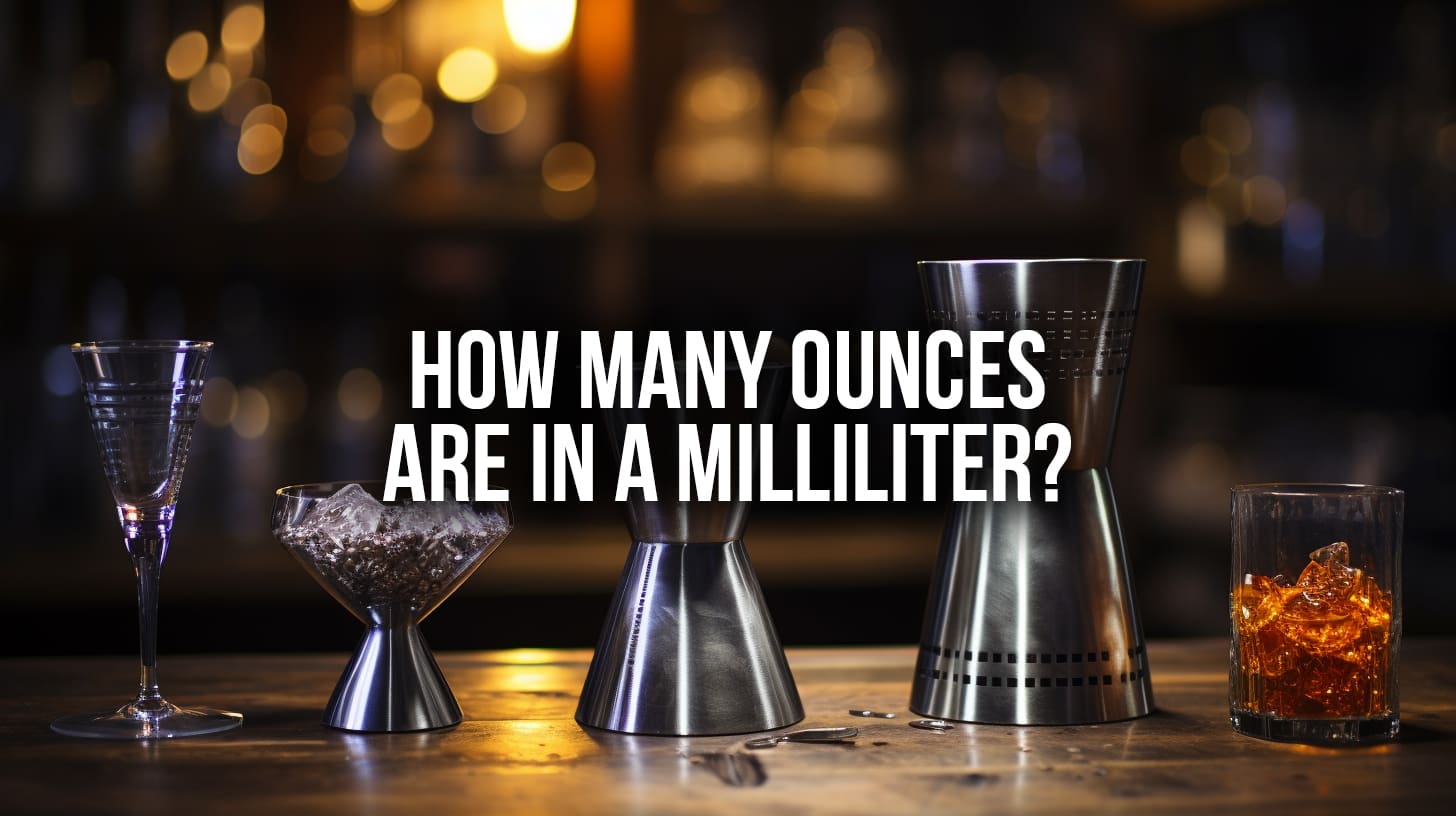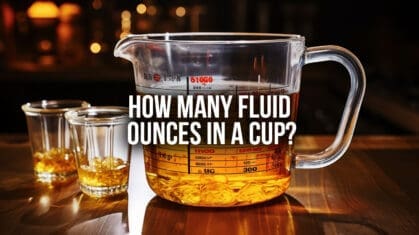The Art of ‘Parts’ – A Guide to Ratios in Cocktail Making
Hello, cocktail enthusiasts and budding mixologists! 🍹 Have you ever come across a cocktail recipe that talks about “parts” and wondered what it actually means? Understanding the concept of “parts” can make your cocktail crafting incredibly flexible and hassle-free. Let’s explore this magical term that opens doors to endless mixing possibilities.
What Is a Part?
In cocktail making, a “part” is a unit of measure that is used to maintain the ratio between different ingredients. It’s a relative measure, meaning it can be as small as a teaspoon or as large as a cup, depending on how much you’re making.
What Does 1 Part Mean in a Recipe?
When a recipe calls for “1 part,” it means you can choose any measure, but you must keep that measure consistent for all the ingredients. For example, if “1 part” is a shot glass filled with vodka, then every other “part” in that recipe should also use that same shot glass for measurement.
What Does 2 Parts to 1 Part Mean?
This is a ratio indicating that for every two units of one ingredient, you’ll need one unit of another. So if “2 parts” is two shot glasses of rum, then “1 part” would be one shot glass of lime juice.
What Does 3 Parts to 2 Parts Mean?
Here, for every three units of one ingredient, you’ll need two units of another. If you decide that one “part” equals 30 ml, then “3 parts” would be 90 ml, and “2 parts” would be 60 ml.
What Does 4 Parts Mean?
If a recipe calls for “4 parts,” it means you’ll use four times the volume of that ingredient as one part. So if 1 part is 30 ml, then 4 parts would be 120 ml.
How Much Is 1 Part in Cocktails?
The volume of “1 part” depends on how much of the cocktail you’re making and what you’re using for measurement. It could be a shot glass, a jigger, or even a cup for large batches.
What Is 2 Parts in a Cocktail?
“2 parts” means you will use twice the volume of that ingredient as one “part.” If you decide one part is 30 ml, then “2 parts” would be 60 ml.
How Many mL Is a Part?
The number of milliliters in a “part” will vary depending on what you use for measurement. It’s a relative term, so you decide how much a part is based on your needs.
What Is the Ratio of a Part?
The ratio of a “part” in a cocktail is relative to the other ingredients. For example, if the recipe is 2 parts gin and 1 part tonic, the ratio is 2:1.
What Ratio Is Part-to-Part?
In a “part-to-part” ratio, the volumes of the ingredients are the same. For example, 1 part gin to 1 part tonic would be a 1:1 ratio.
How Do You Measure for Cocktails?
For precise cocktails, you can use measuring tools like jiggers, measuring cups, or graduated cylinders. For recipes using “parts,” you can use any consistent form of measurement, like a shot glass or a cup.
What Does 1 Part to 5 Liquid Parts Mean?
This means that for every single unit of one ingredient, you’ll need five units of another liquid ingredient. If 1 part is a shot of vodka, then you’d need 5 shots of another liquid like cranberry juice.
What Does It Mean 1 Part and 4 Parts?
This indicates that for every unit of one ingredient, you’ll need four units of another. If 1 part is 30 ml of rum, you’d need 120 ml of a mixer.
Does 1 Part Mean 1 Shot?
It can, but it doesn’t have to. You can decide what “1 part” means based on how much you’re making and what you’re using to measure.
Quick Conversion Table
Here’s a simple table to illustrate the concept of “parts”:
| Ratio in Recipe | If 1 Part = 30 ml | Total Volume in ml |
|---|---|---|
| 1 Part | 30 ml | 30 ml |
| 2 Parts | 60 ml | 90 ml |
| 3 Parts | 90 ml | 180 ml |
| 4 Parts | 120 ml | 300 ml |
Feel free to adjust the “1 part” measurement according to your needs, and the rest will follow.
So, have you ever experimented with “parts” in your cocktails? It’s a wonderful way to scale up or down a recipe without losing the balance of flavors. What’s your favorite cocktail to make using the “parts” measurement? 🍸
Cheers to your endless cocktail possibilities! 🥳
Other measurements you might find helpful
Teaspoon (tsp) and Tablespoon (tbsp)
- Teaspoon (tsp): Often used for ingredients like sugar, syrups, or bitters. 1 teaspoon is approximately 5 ml.
- Tablespoon (tbsp): Sometimes used for juices or syrups. 1 tablespoon is around 15 ml, equivalent to a half shot.
Dash and Splash
- Dash: This is an informal measurement, often used for bitters. A dash is roughly 1/6 oz or about 5 ml.
- Splash: This is also an informal measurement that’s a bit more than a dash, generally around 1/3 oz or about 10 ml.
Jigger
- Jigger: A jigger is a bartending tool used to measure spirits, and it often has two sides. The standard jigger measures 1.5 oz (45 ml) on one side and 1 oz (30 ml) on the other.
Pint and Quart
- Pint: Rarely used in cocktails, but useful to know. A pint is 16 oz (about 475 ml).
- Quart: Also rarely used in cocktails. A quart is 32 oz (about 950 ml).
Parts
- Parts: Some recipes don’t specify exact measurements but say things like “1 part this, 2 parts that.” This lets you easily scale your cocktail. A “part” could be an ounce, a cup, a liter—whatever you choose!
Cup (C)
- Cup: Mostly used for larger cocktail batches or punches. 1 cup is 8 oz (about 240 ml).
Oz & ml
- Oz: Ounces, abbreviated as “oz,” are more commonly used in countries like the United States.
- ml: Milliliters, or “ml,” are part of the metric system, a measurement system used worldwide. When it comes to cocktails, many classic European recipes use milliliters.
Armed with this knowledge, you’ll be able to master any cocktail recipe from around the globe. 🌍
So, which of these measurements do you often find yourself using? Ever tried scaling a single cocktail recipe to a big party punch? 🍹🎉


